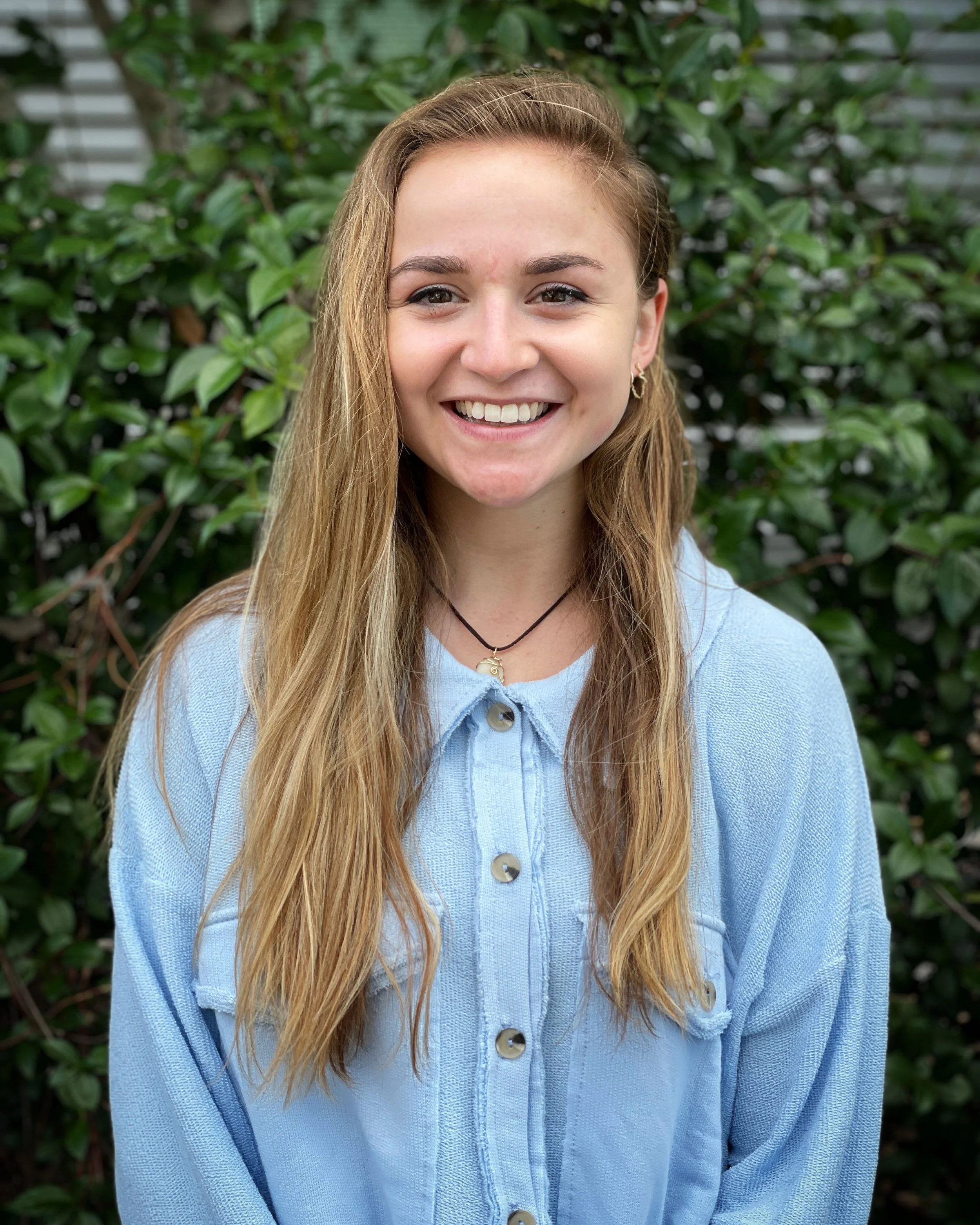5 Ways to Quiet the Mind in Moments of Overwhelm
Chronic stress has the power to shape our thought patterns and as a result, our wellbeing. According to neuroscientist Dr. Andrew Huberman we cannot fix the mind with the mind but instead must use the body to initiate change.
How can we use the body to shift our thought patterns so we feel more in control? Below I’ve listed five different exercises that help us reconnect our mind and body to ground our emotional selves whether in that moment or in preparation of inevitable moments of overwhelm:
Befriending your inner child
Now this may sound a little “woo-woo” as Dr. Russell put, but it is incredibly effective. Think back to a time when you felt hurt as a child. Picture yourself in that moment, who you were, how you looked, how you felt and where you felt that pain (chest, shoulders, throat, solar plexus, etc.), then visualize your current self sending unconditional love and acceptance to that younger version of you and that area of your body. We often feel shame and pain towards our wounded child, so we end up neglecting that part of ourselves and holding tension in that affiliated physical space. Reconnect with that version of you, be with that version of you, and feel into that version of you. This is a form of reintegration, it is a crucial step in becoming whole so that you no longer feel surprised by your emotional reactions. Breathing into that physical space will help you relieve the inevitable emotions that arise when feeling triggered.
Tapping or EFT (Emotional Freedom Therapy)
This exercise uses acupressure, exposure therapy and cognitive therapy to reframe old, negative beliefs. Tapping alongside the side of the face or side of the palm when reliving emotional memories calms the system down. Thus, memories can be reframed to be less emotionally charged by deactivating emotional areas of the brain when remembering. Whether reframing a memory or not, you can just let this exercise bring you into a peaceful state.
List your senses
When in a state of overwhelm or panic, first notice 5 things you can see, 4 things you can hear, 3 things you can feel, 2 things you can smell, and 1 thing you can taste. This brings you back to the present moment and into your physical self. Other exercises that follow a similar practice is counting your breaths, counting backward from 100, or naming all the colors around you.
Coordinating your breath with movement (Vinyasa)
A yoga practice can be tremendously grounding, and the first step is syncing the breath with movement. This could be as simple as raising the shoulders on an inhale and releasing them on the exhale. Often yoga teachers will prompt their students to inhale and lengthen the spine/expand the chest/lift the heart then exhale and let go/deepen into a stretch or twist/lower the heart. Any static stretch or yin (especially ones at the hips like pigeon or happy baby pose) can help us relieve the aforementioned tightness we hold from emotional responses. By using our breath to expand and deepen into these postures, we further engage and release to ground and let go.
Bhastrika Pranayama (Breath of Fire) (or any other breathwork)
Bhastrika Pranayama is a breathing exercise where you take a few deep breaths, then on an inhale you quickly push your breath out and then suck it back in through the nose, snapping your belly out and in rapidly. The goal is to increase your pace until you feel like you’ve pushed all the air entirely out, then hold before taking a long, full inhale, holding for 5 seconds, then slowly exhaling. This intense bout of breathing brings intense focus and calming clarity. There’s also Wim Hoff breathing that people rave about, which also has a powerful effect on the nervous system. Highly recommend trying breathwork maybe in the car (but maybe not while driving) or shower, whenever you have a moment to yourself.
To learn more about caring for your whole body, read Bailey’s last blog post on 6 Tips To Optimize Sleep.
To learn more about how pelvic floor physical therapy can help you live a healthier life, contact us here!
Bailey Pellissier (she/her) is a recent Wake Forest graduate with degrees in Health and Exercise science and Psychology. Passionate about helping people heal and understand their bodies better, Bailey has worked as a personal trainer for 3 years and received her 200Hr Yoga Teacher Training in the summer of 2022. As an athlete and a dancer growing up, Bailey has learned to use mindful movement and breath work as tools to strengthen the mind-body connection and increase wellbeing in all aspects of life, and hopes to help others learn this as well.



